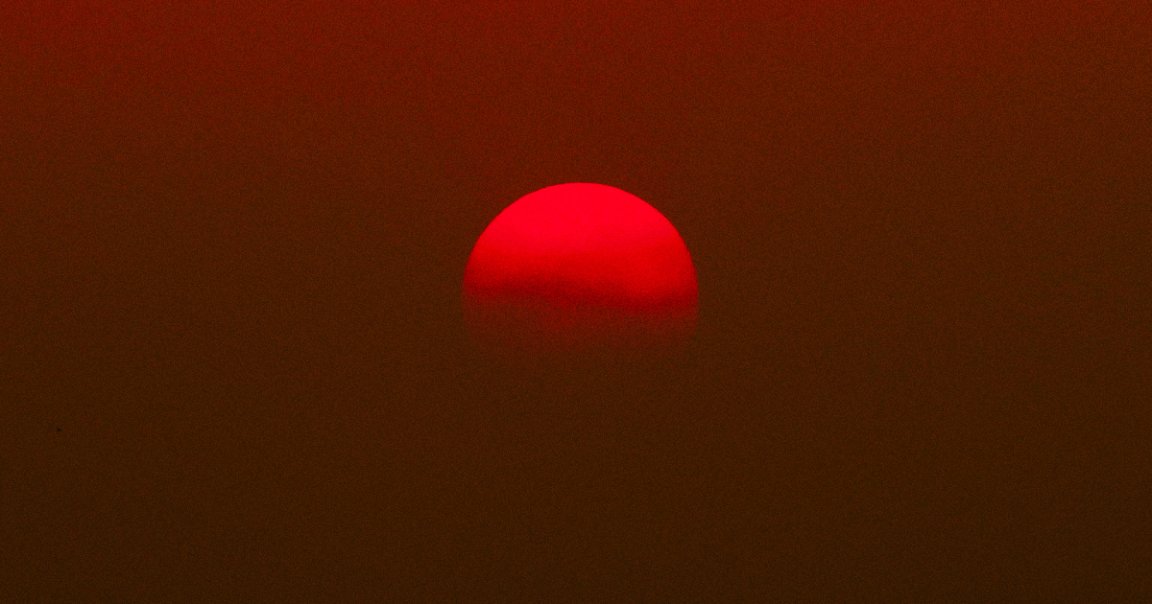
Dying of the Light
On February 2, the Sun slipped behind the Martian horizon and engilded a plume of clouds, revealing epic rays of light. Capturing that rare and ineffable atmospheric display was NASA’s Curiosity rover, the first time that such sun rays have been so clearly observed on Mars, according to NASA.
The dramatic sunset was painted in light known as crepuscular rays. Colloquially, you may know them as “god rays,” often observed on Earth as divinely bright shafts of light bursting through clouds that seem fit to usher in a deity’s descent from the heavens.
The image was taken as part of NASA’s twilight cloud survey. Since 2021, the agency has been snapshotting noctilucent clouds, or night shining clouds, in an effort to better understand the Martian atmosphere.
These noctilucent clouds appear in higher and colder altitudes than typical Martian clouds which rarely exceed an altitude of 37 miles above ground, suggesting they may be composed of dry ice rather than water ice.
Illuminating Iridescence
That was not the only rare beauty Curiosity managed to capture in twilight. On January 27, the Mars rover imaged a feather-shaped, iridescent cloud, a bright gossamer scar against the darkening sky.
“Where we see iridescence, it means a cloud’s particle sizes are identical to their neighbors in each part of the cloud,” Mark Lemmon, a planetary scientist at the Space Science Institute, said in a NASA statement.
“By looking at color transitions, we’re seeing particle size changing across the cloud,” he added. “That tells us about the way the cloud is evolving and how its particles are changing size over time.”
Now in Technicolor
Previous cloud-capturing surveys on Mars were conducted in black-and-white navigation cameras, NASA said, which allowed scientists to better track a cloud’s structure in motion.
But to discern the composition of cloud particles as they grow great in number, NASA used Curiosity’s Mastcam, capable of capturing the colorful images you’ve seen here.
Both were shot as panoramas, producing 28 separate images beamed back to Earth, where they were later stitched back together.
More on Mars: Scientists Find NASA’s Mars Rover Would Struggle to Detect Life on Earth